


I have found that many of my climbing trip fantasies begin by browsing the international guidebook section at Rock & Snow. The collection of high quality guidebooks coming out of Europe is impressive and certainly deserves the attention it has been receiving. Considering the sheer volume of rock that lines the alps and skirts the Mediterranean from Portugal to Greece it makes sense to have a wide variety of modern select guides.
The two books that inspired this trip to Lake Como are put out by publisher Versante Sud:
These are both great resources similar to the RockFax guides. The Crags book has English in the margins that is for the most part correct. The cliffs book is in Italian only. This makes following the parking and approach directions difficult and knowing even a little bit of Italian will help.
My Spring break was slated for April so I booked a direct flight from JFK to Milan for ~$600 and made plans to meet my friend Kat who lives in Amsterdam. Spring is typically a good time to go, especially for the lakeside routes. The heatwave that hit made some of the sun-soaked cliffs a bit hot, but far from unbearable.
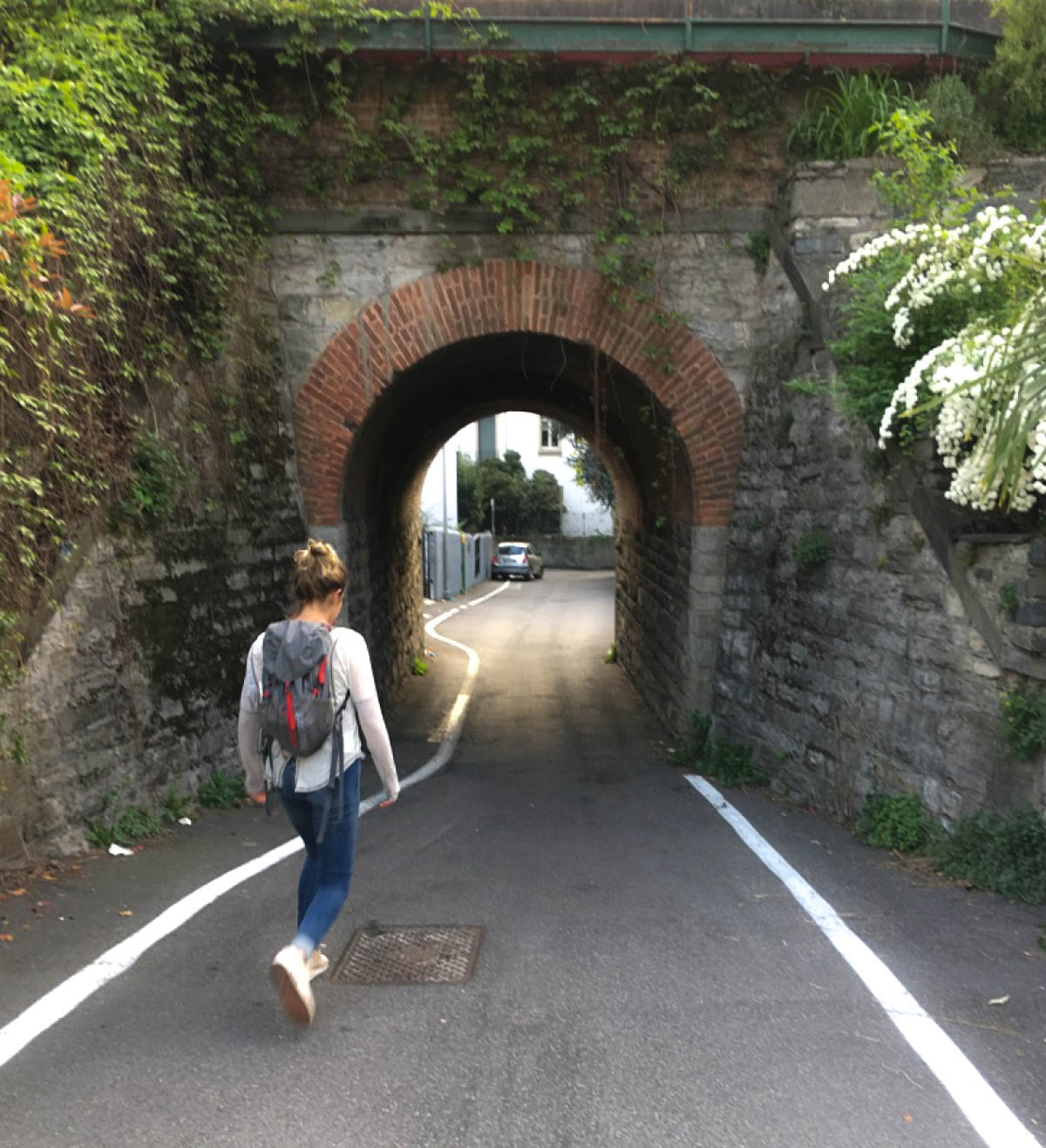
A night in Milan helped me shake off the jet lag and the next morning we drove to Lecco where we met our AirBnB host at his beautiful apartment overlooking Lake Como. Lecco and the surrounding towns act as a place for a quick getaway for the Milanese to escape the city, so second homes at reasonable rates abound.

Our first day out we went straight to one of the moderately long "celebre itinerario" called Via Panzeri-Riva on Pilastro Rosso. We had a bit of trouble finding the trailhead, but once on track the route was only about a 15 minute approach. Not bad for a 6 pitch 800ft route with no one on the cliff. The first pitch crux was a bit polished and somewhat of a struggle at the grade requiring some offwidth technique. The spacious belay brought us above the trees and gave us incredible views of Lake Como.
The route continued to throw interesting challenges our way and served as a nice warm-up. As a mixed route we were happy to have brought a light rack and found mid-sized cams to be the most useful. As with other long routes in Italy, it is not uncommon for pitches below 5.7 to have no bolts, but 5.10 and up tends to be tightly bolted. A thunderstorm cut our summit pitch short and in what felt like no time at all we were seated outside waiting for our dinner to be served while sipping champagne.
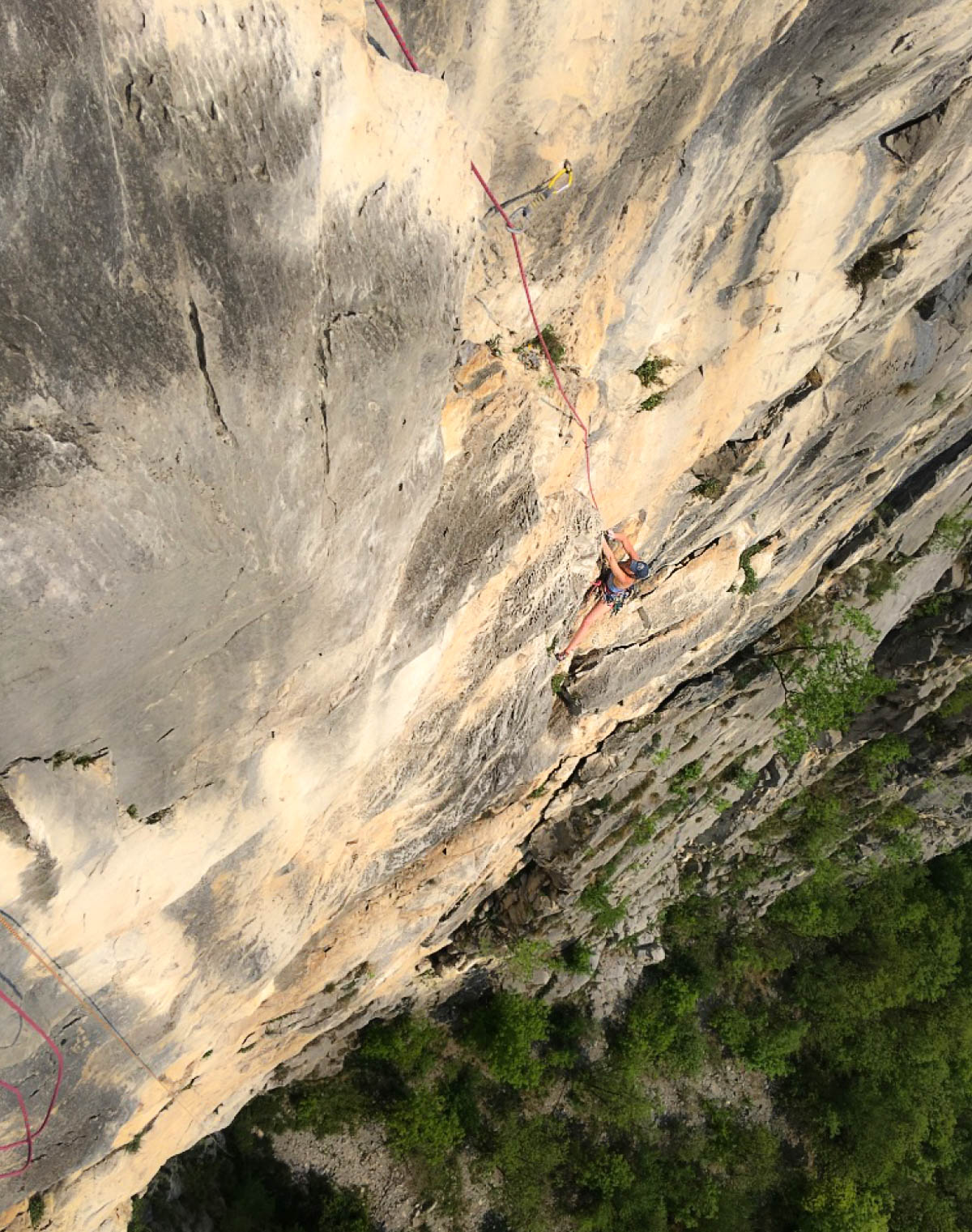
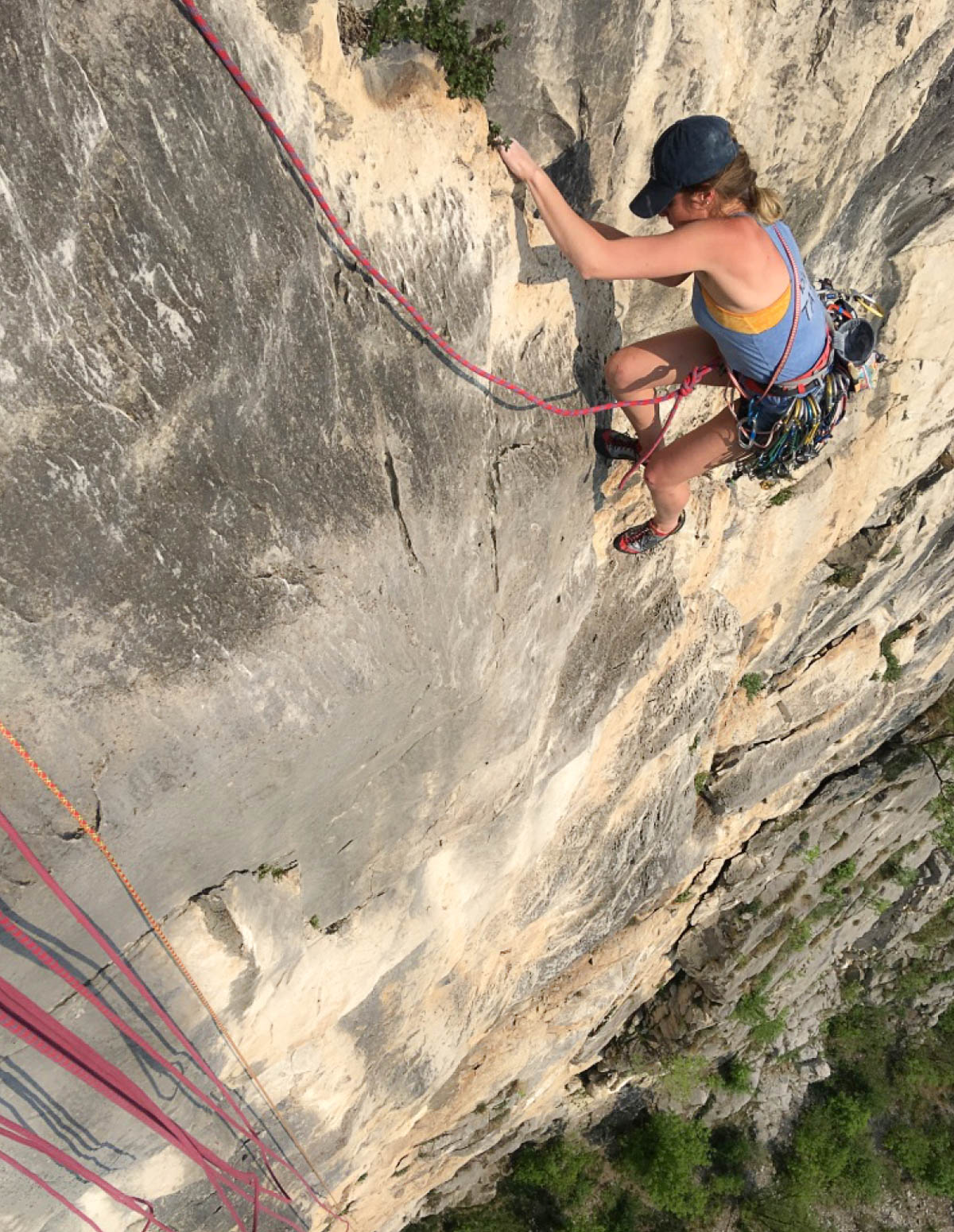

Downtown Lecco feels touristy with a slight metropolitan tint. This however is not Venice-style tourism; this is where many Italians spend a weekend. The food in the main piazzas with outdoor seating is good, but by Italian standards a bit mediocre. A local recommendation for seafood was Ristorante Positano and it did not disappoint. Our rental was located on a dead end by the cafe-bar that was the locals' place for espresso, mid-day drinks, and afternoon beers. Little did we know we had inserted ourselves into the fabric of their community.
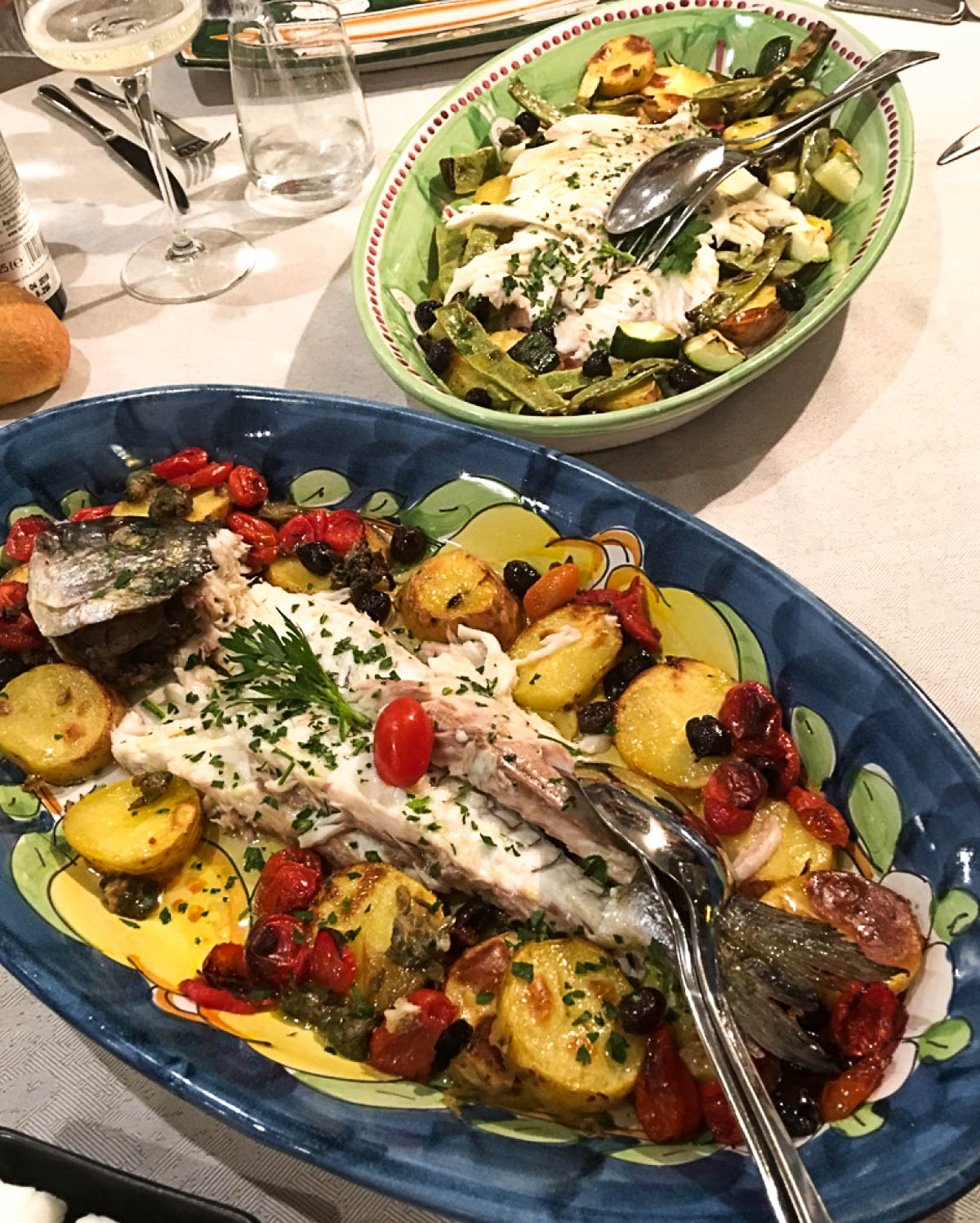
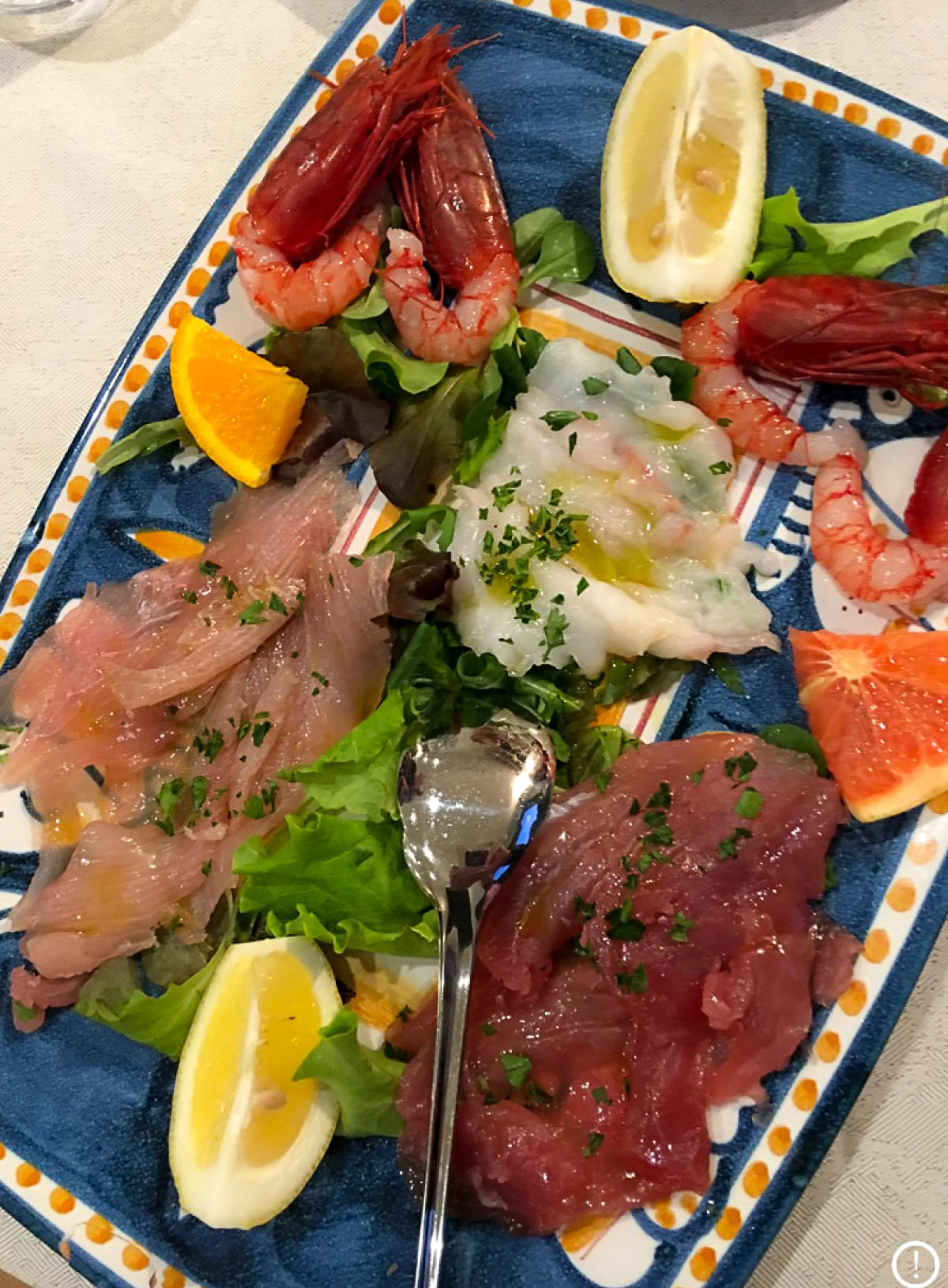
We began to form a routine of visiting the cafe for prosecco apres-climb then late night dinners made from the fantastic offerings at the grocery store. Find Iperal, the largest grocery store, located underground in the center of Lecco. The worst cook in the world couldn't screw up a meal with the available ingredients.

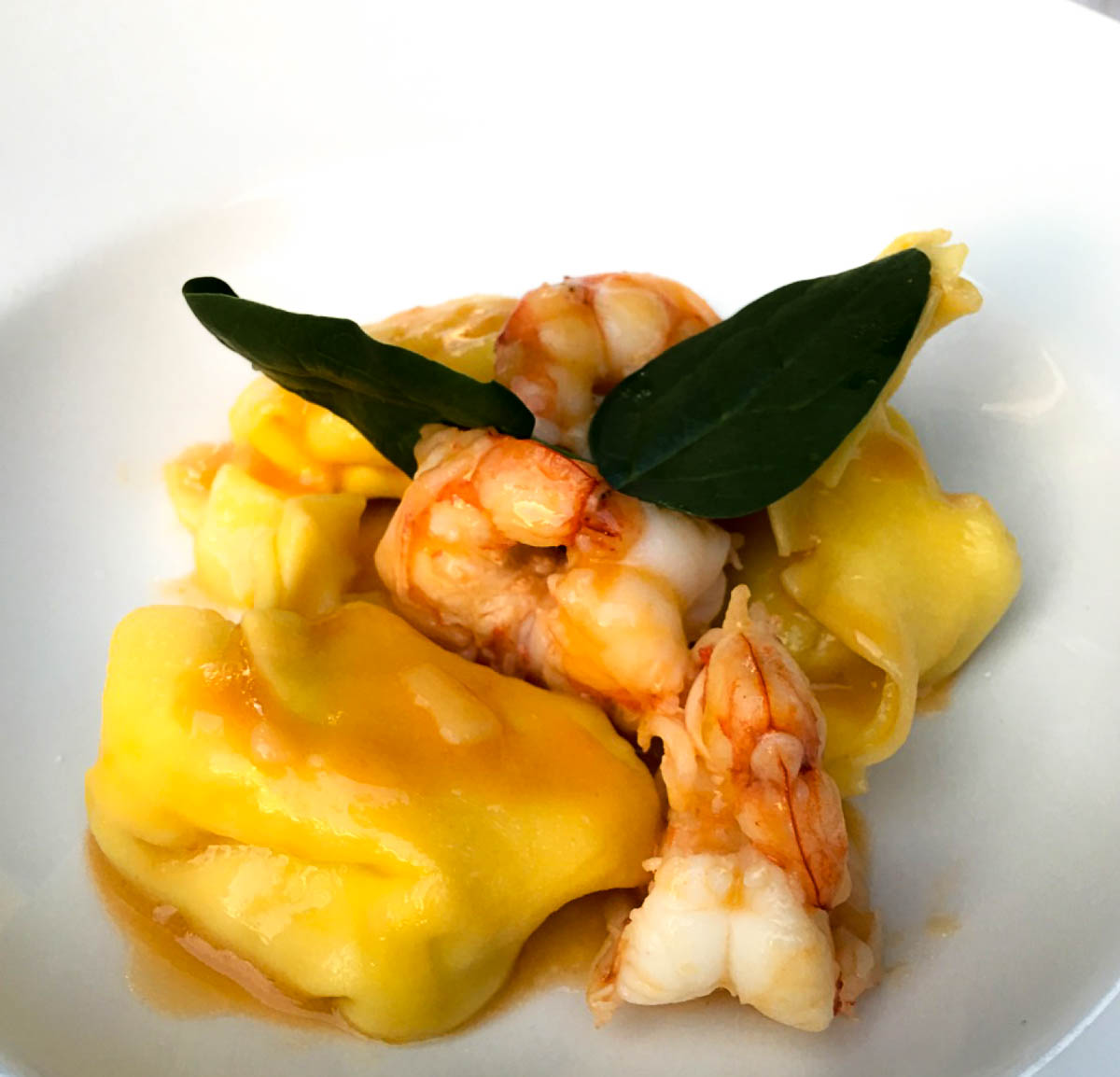
Lecco is dominated by two 1000+ ft walls that appear to see very little traffic despite the high quality rock and easy approaches for walls of this magnitude. Parete Rossa is the closest and Corna di Medale sits just to the East of the city. Test pieces from the 1930s have neighbors from almost every decade. Point in case is the following trio that sit less than 100 meters from one another on Medale: Via Dei Ragni (FA 1968, 6b, 12 pitches); Falce e Martello (FA 2002, 7b, 13 pitches); Via Cassin (FA 1931, 10 pitches).
It seemed like an obvious goal to climb one of these and we settled on the 11 pitch Via Savini on Parete Rossa. The line was reputed to be a modern classic established in 1996 and finished at a little white chapel we could see from town. The descent is a popular hiking trail used by the locals to get an after work uphill burn.
We got a bit lost on the approach and at one point I stepped on a thorn that went through the sole of my shoe and deep into my foot. I knew that if it snapped off the day would be over. We needed pliers or something that could grasp the end of this giant needle. Kat barely hesitated then proceeded to pull it out with her teeth. There is nothing more confidence inspiring before going up on a big wall than knowing your partner has your back!
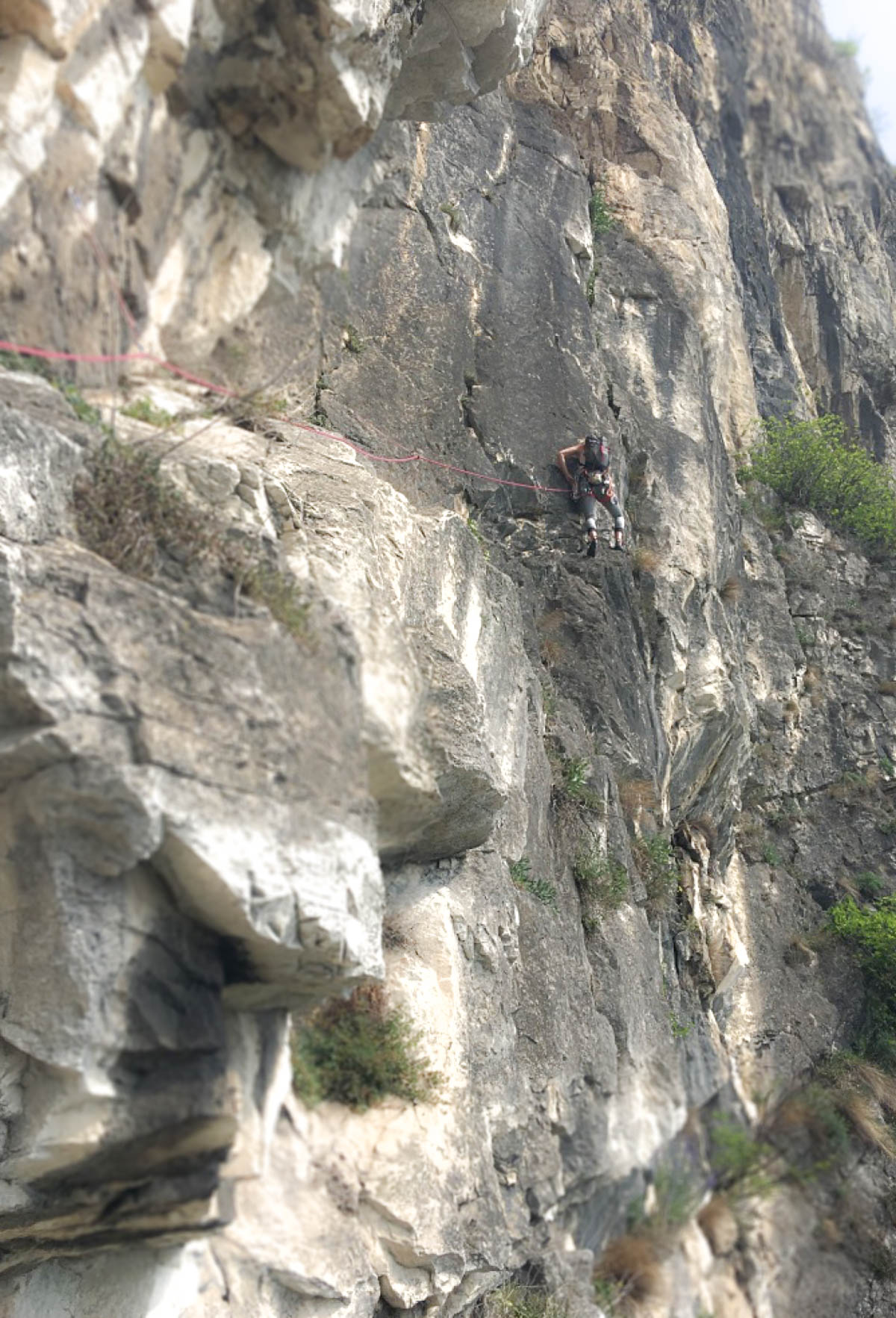

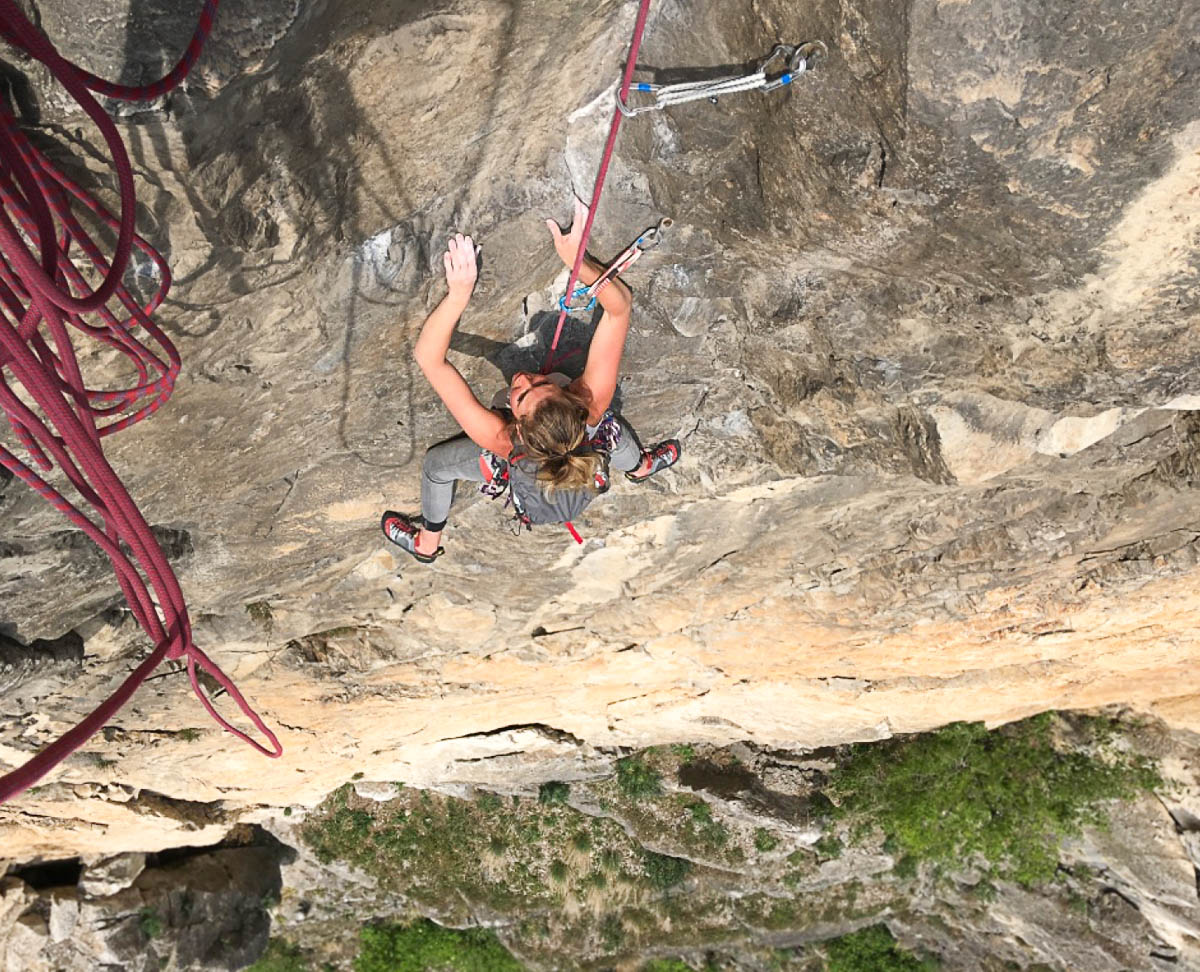

The climb served up an excellent variety of sustained pitches, many of which would be 3-star classics if isolated on the ground. The shallow corner system in the broad center wall involved difficult transitions between crack and face climbing with not much in the way of hand jams. Truly stellar climbing with that big wall feel. The entire time we were approaching a Great Roof feature that threw welcome shade onto the crux pitch.
The problem solving nature of climbing I believe is one reason that our sport attracts so many science minded and tech savvy people. The crux on this pitch felt like an Escher sketch; down-sloped angular holds on low angle rock beneath an enormous roof that involved pinching Rubik's cubes! A desperate crux gave way to a break in the roof at a wide crack. Gymnastics were required for the final overlap onto a steep slab beneath yet another roof system. The view was glorious and the next pitch took a slabby stroll towards the terra-cotta colored roofs of Lecco.
Kat took the next pitch and it was a joy to watch her drift across the slab. A comfy belay ledge allowed us to eat a chicken cutlet and head up onto the final hard pitch of the route. Turning corners, the movement switched to those blue sculpted walls found at the Verdon. Precision feet and good balance led to two easier pitches and a scramble to the Chapel. This would be hands down the best route of the trip and certainly one of my lifetime favorites.
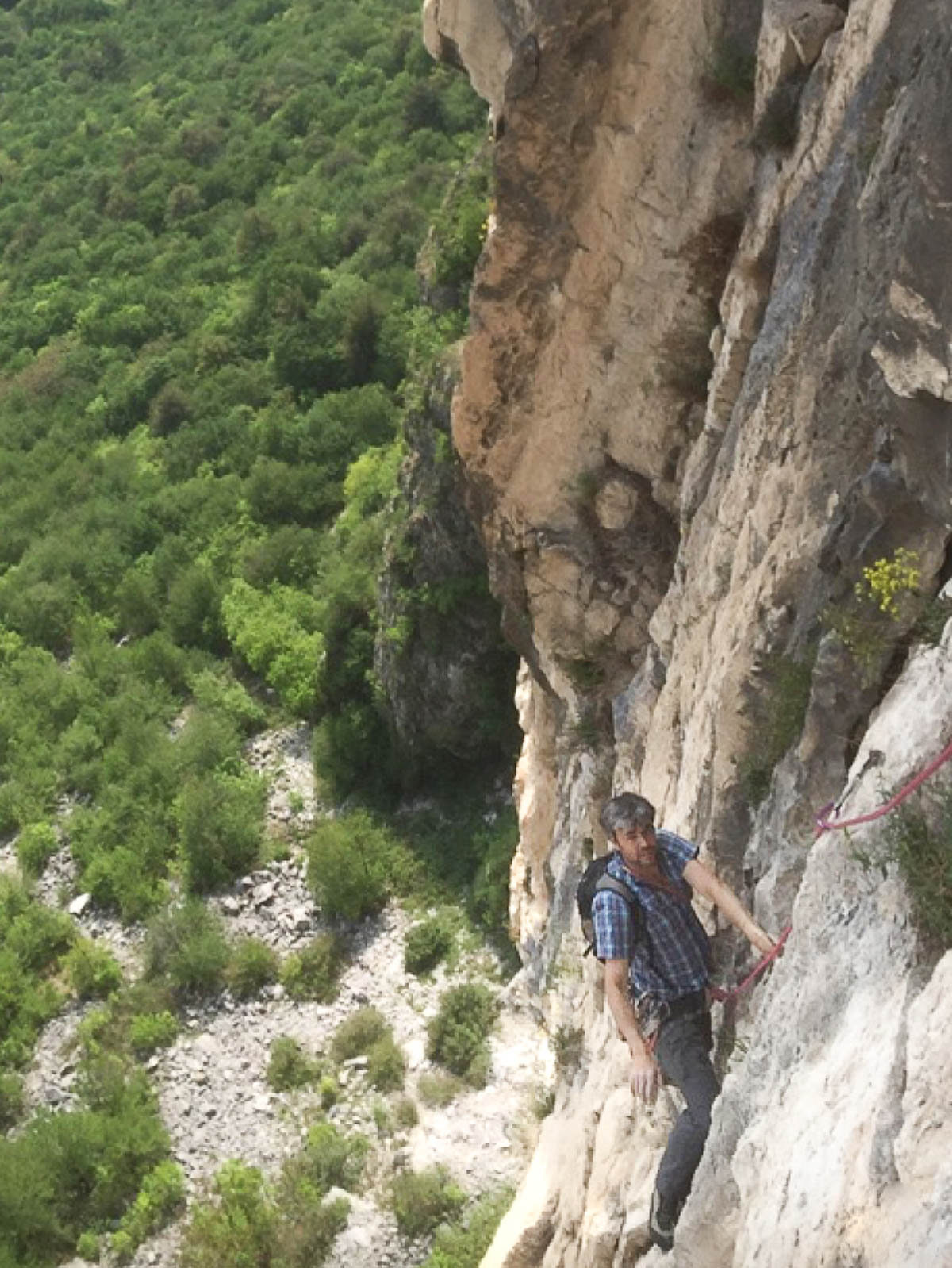
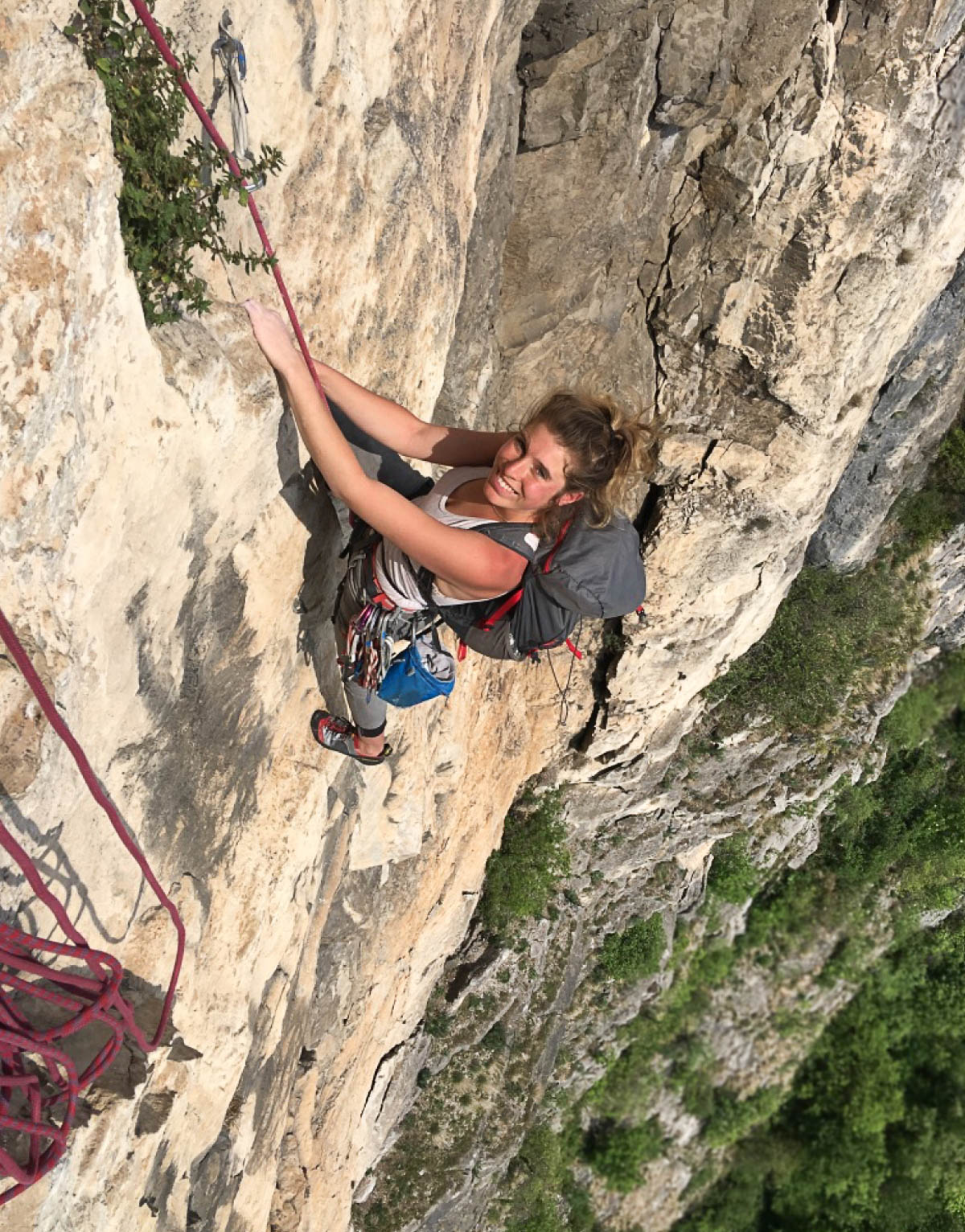
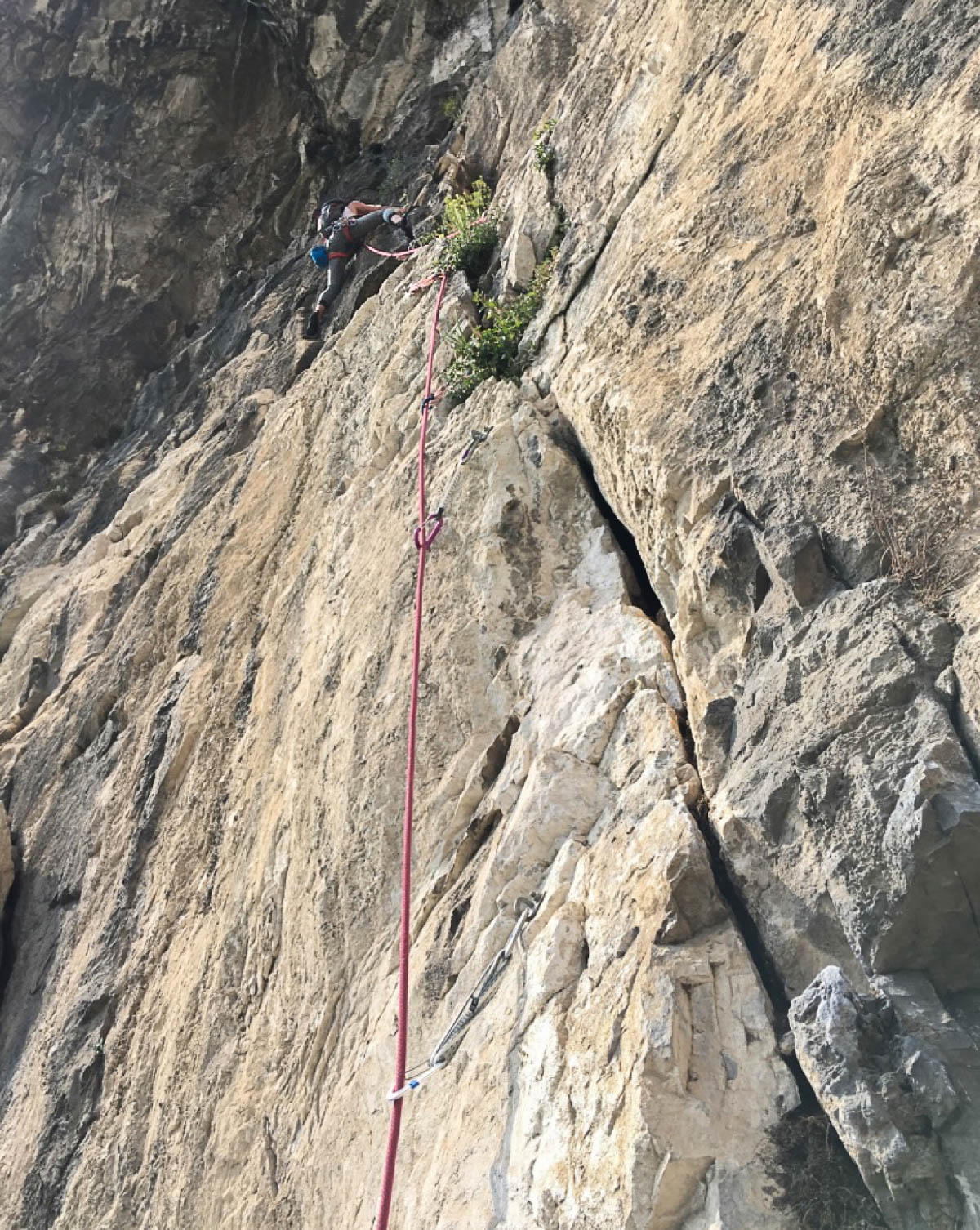
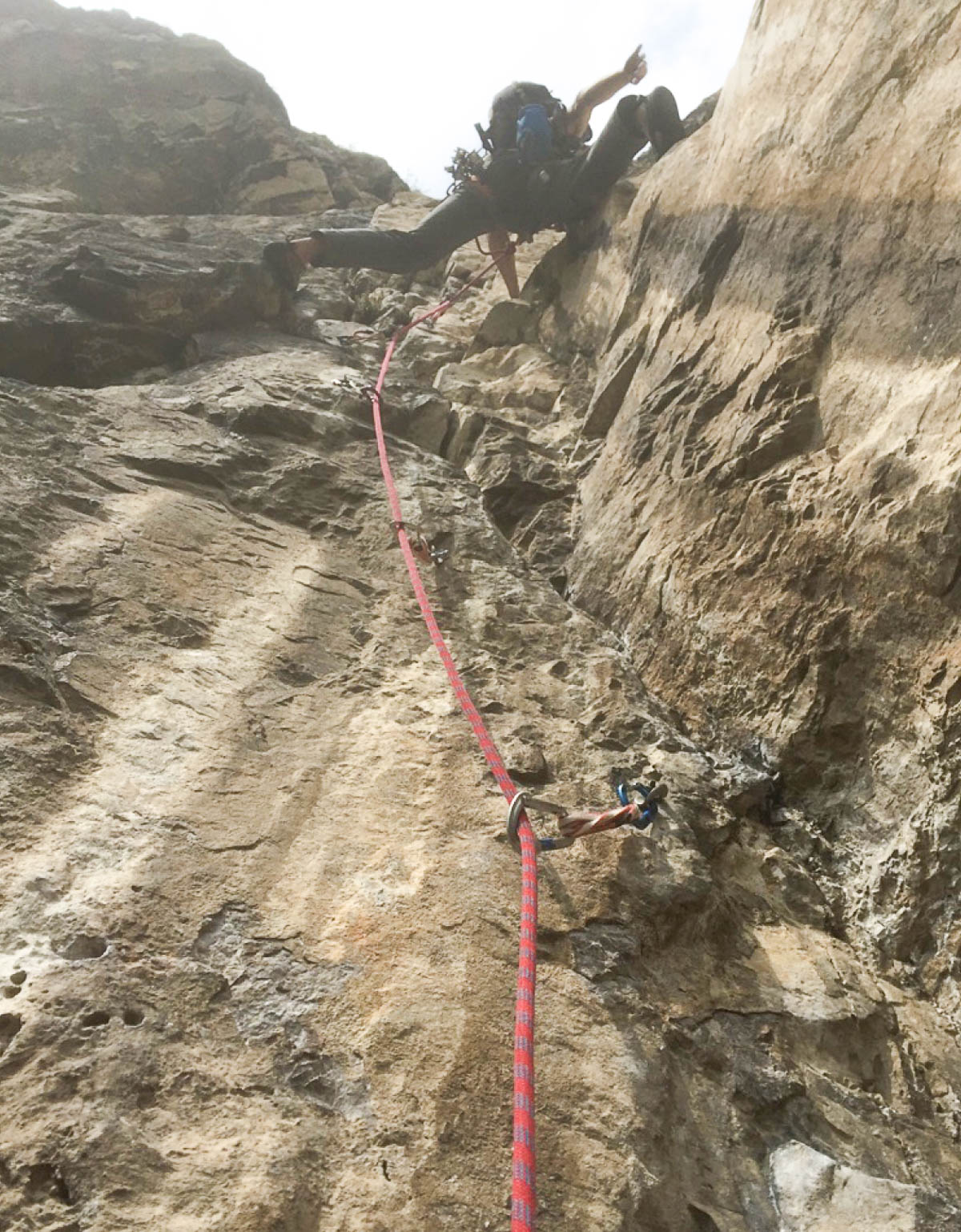
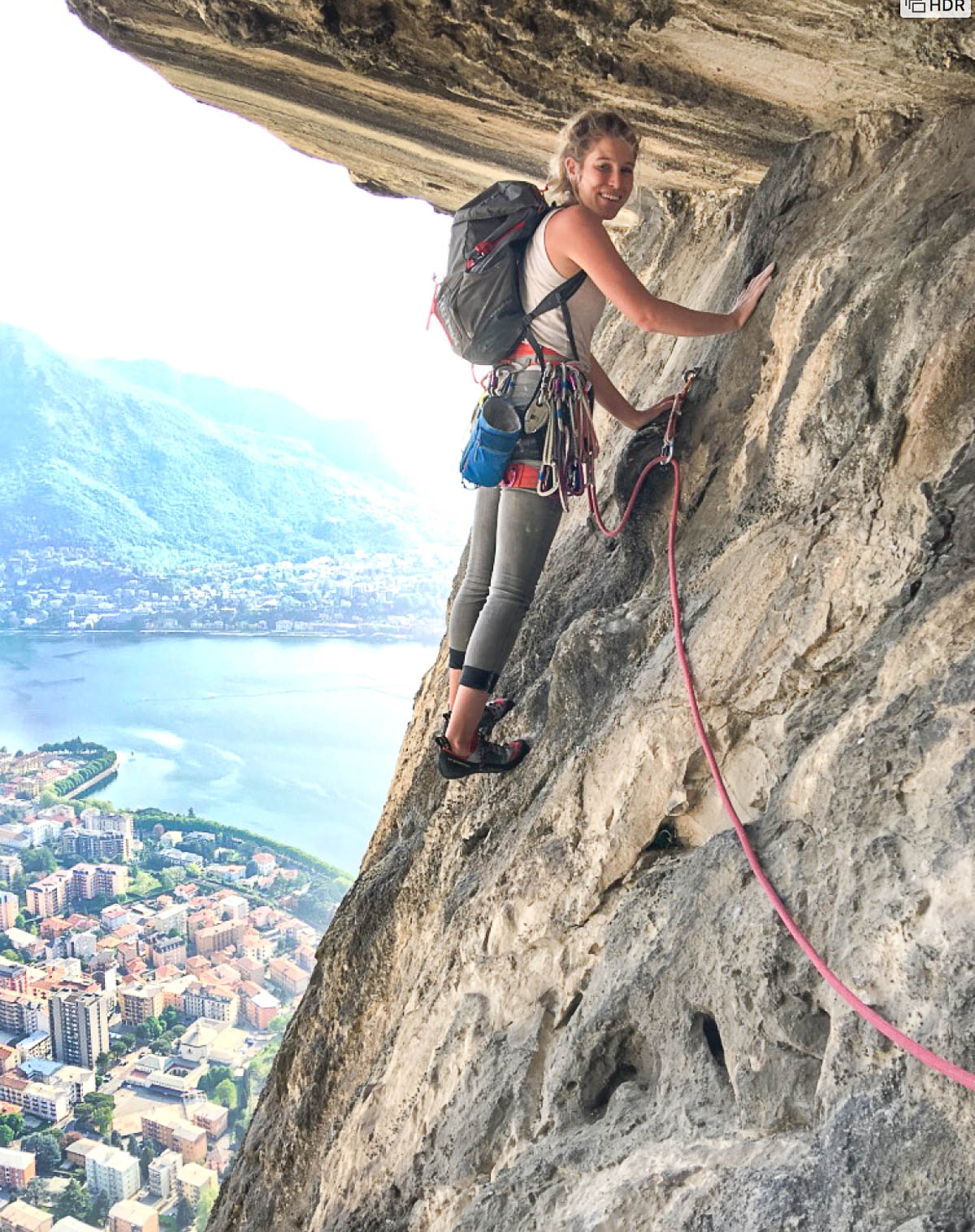


After refueling on Prosecco we decided to take it easy the next day and find something short with an even shorter approach. At Resegnone we found a route that involved little more than walking to a cable car. We rode the Piazzale Funivia to a restaurant where we racked up and ate pannini's and drank espresso. Walking across the patio to the belvedere (a walled overlook) we hopped the railing and ambled to the airy rappels down the Pilastro Belvedere.
The raps deposited us at the base of Adrenilina, an exposed but short 4 pitch route. This was exciting but some crumbly rock kept this from being an area classic. The views however were great and we topped out back at the belvedere where we had a glass of prosecco and a slice of moist and decadent lemon cake. Descent: Get in cable car. This aspect of Europe enables one to maximize climbing and minimize rest and approach times.


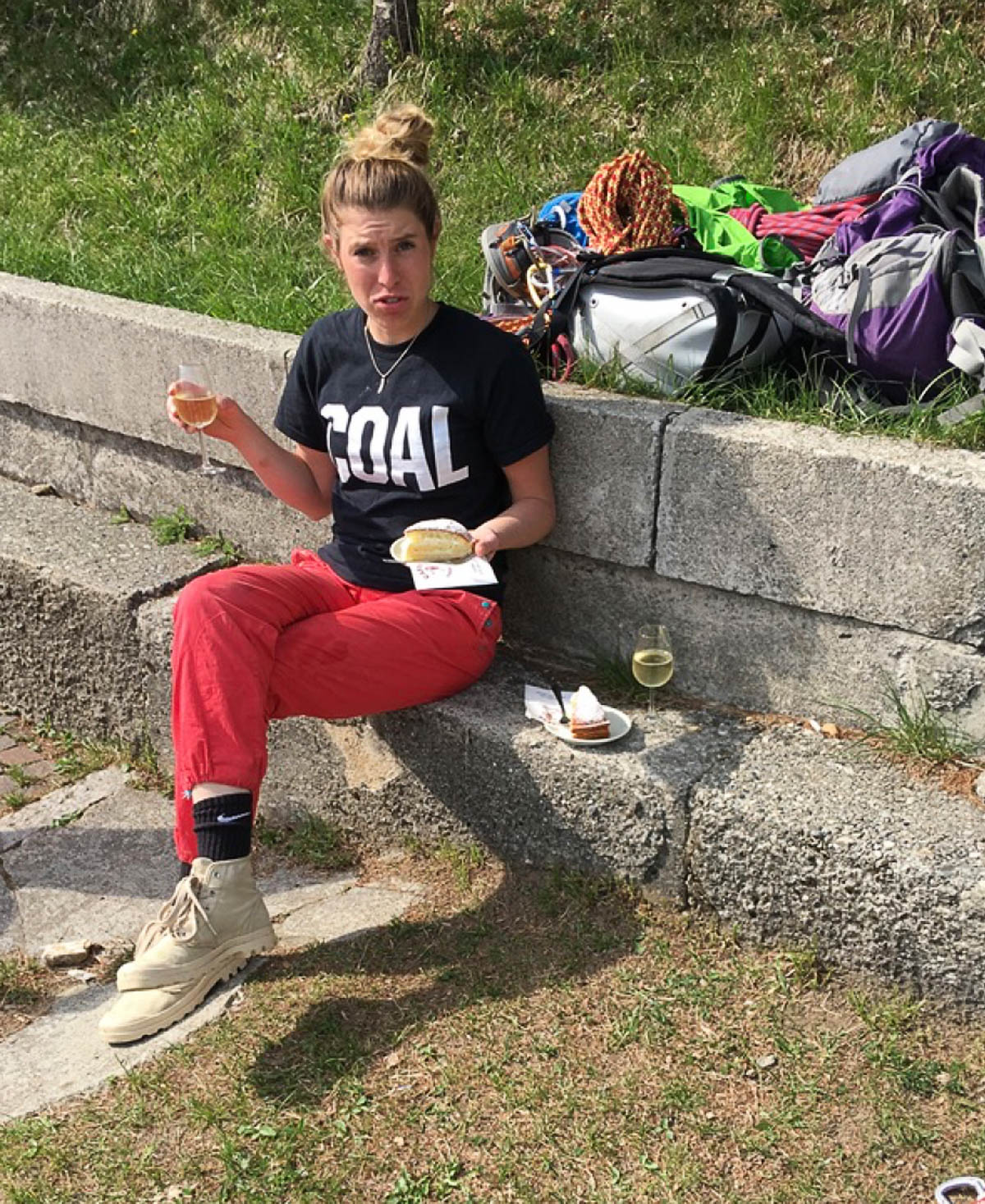
We spent the next day at Scudi di Valgrande climbing some nice routes, but they paled in comparison to what we had done been doing. Additionally we were overdue for a rest day. That night two of Kat's friends from Amsterdam joined us. I took a rest day and they went through Como to a cliff that was difficult to find but they encountered a farmer who befriended them and gave them honey. It's these type of experiences that make the unknown in travel so enjoyable.
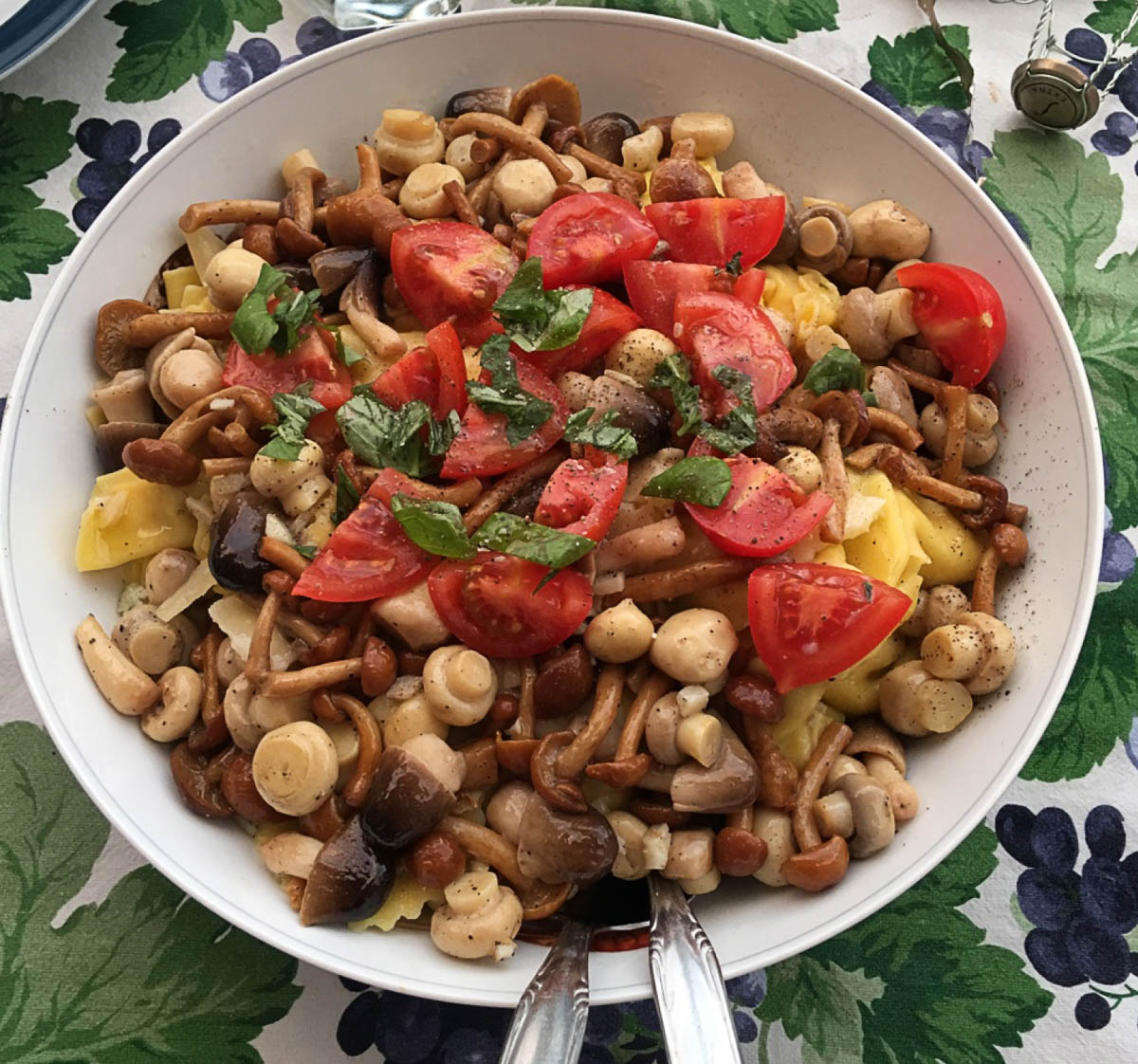
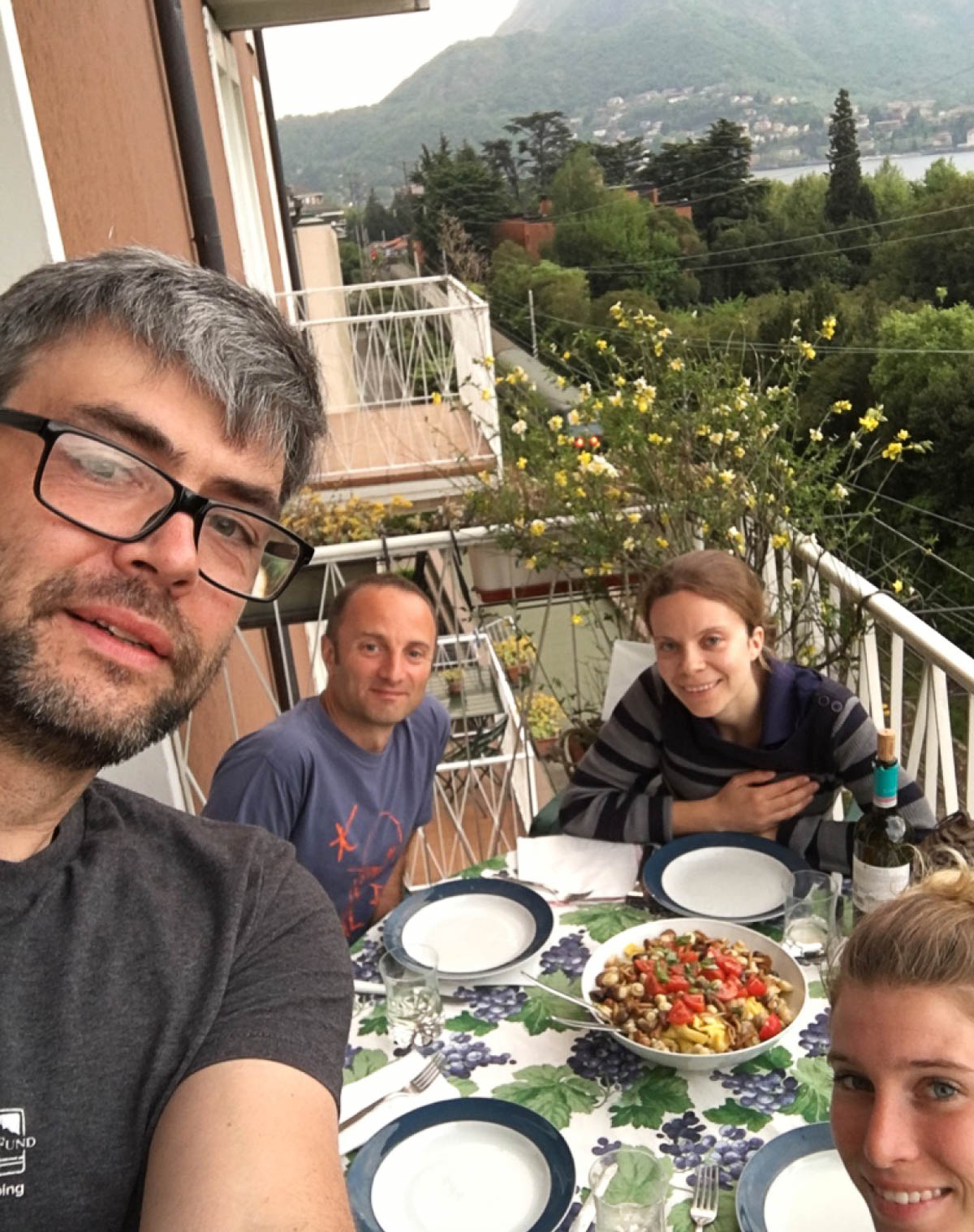
The next day we headed back to the Piazzale Funivia but didn't ride the cable car and instead we directly approached Erna, a sport crag that got the guidebook's distinction of "Wow". The crag is the typical stacked sport crag with 56 routes primarily between 6a and 7b, but in terms of the best sport crags of Spain and France this was not in the same league. I climbed a handful of routes but still felt my arms needed rest.
Erna is also very close to the start of a long and popular via ferrata. It seemed like some rain might be moving in soon. Kat, Claire, and Emil kept sport climbing and I did the Via Ferrata. It was well equipped and had some good moments. The best part was that it tops out at the cable car, so right when the rain started I stepped into the funivia and rode back down to the parking lot where we reunited.


The next day we went to another sport crag called "Vaccarese" that got the "Wow" distinction and had 103 routes. This place was definitely a step up and some of the harder routes were quite good, but again not world class. We barely scratched the surface of the sport climbing but it seemed to me that I would not choose Lecco specifically for a sport cliff.


If you enjoy long routes with a bit of adventure, Lecco has so much to offer. We did not even get a chance to explore the higher peaks that may be more in season during the Summer. A final note: The longer routes involve finding obscure parking places that the locals aren't always familiar with, and the approaches can involve some misadventures, but sometimes the misadventures are the best part!
Christian Fracchia